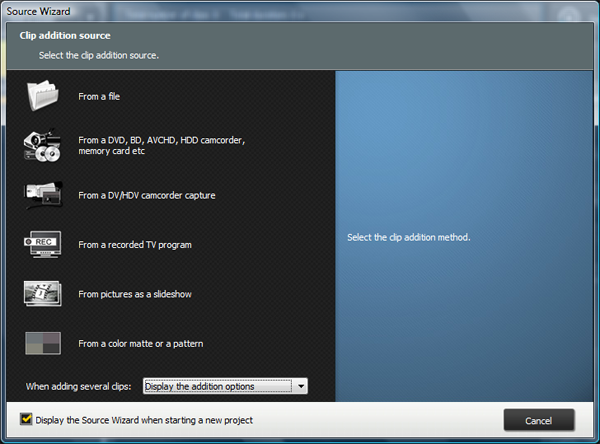

During playback, there is NO WAY to set/change them once from a 'Main Menu' and have this carried over to all tracks. Audio/Subtitle selection/change is on a 'Per Track' basis. It shall be re-encoded to AC3 (or LPCM/MPEG-1 Level II).Ĩ. TMPGEnc WILL NOT allow DTS audio tracks to be passed through to target. I have consistently gotten above 90% on my dual-core. The video re-encoding/authoring task supports multi-core. 5-10% oversize is okay, but if you value maximum quality, like me, I would rather re-encode to a smaller file than to use this 'helpful' feature.Ħ.

TMPGEnc has a transcoder option for you to resize those slightly oversized works to fit your target media. And the User Interface is streamlined across all of them - nothing new to learn from one type to another (beyond new supported features only available in a specific format).ĥ. TMPGEnc allows you to author DVD, DivX Ultra and, as of Works 4, Blu-ray as well. If you take the trouble to create those 'assets' professionally, you can produce menus that rival professional/commercial works. And once you have all these assets in place, you can create your own template so that you can easily reuse them together for future authoring projects.

Imagine a 'Play' button that is actually an animation or 'movie clip'. You can create your very own 'assets' with your own editors - graphics as well as movie clips - to be used. Every object (buttons, frames, icons, etc) are considered 'assets' to be used during authoring. I can author a full DVD-5, including subtitles, menus, etc, in 30 mins, the 10-15 mins is used for VIDEO_TS creation.ģ. Note that if your chapter points are not at I/Key frames, the Smart Renderer will move in to re-encode those GOPs. If you've externally gotten your audio track to be AC3 (2.0 or 5.1), TMPGEnc will allow it to be passed-thru to target, again, preserving quality/time. This also preserves maximum quality and saves time. If the source is 'almost' okay - with some glitches caused during previous encoding, the Smart Rendering feature will jump in at those location/GOPs to reencode/fix the problem. If the source is already in the same format as the target, no further encoding happens, maintaining quality and saving a lot of time (encoding is the slowest process in the authoring chain). The "Smart Rendering" feature prevents re-encoding (maintain quality) and saves time. Correcting mistakes or changing your mind on some selections is very easy.Ģ. It allows you to redo/reload templates from scratch but 'remembers' what your previous selections were. The user interface is the easiest I've seen from a commercial software, and very intelligent too. However, I can provide these highlights for TMPGEnc:ġ. I havent used any Ulead software for a very long time and so cannot give any comparision to it. I'm an 'avid' user of TMPGEnc DVD Author 2/3/Works 4.


 0 kommentar(er)
0 kommentar(er)
